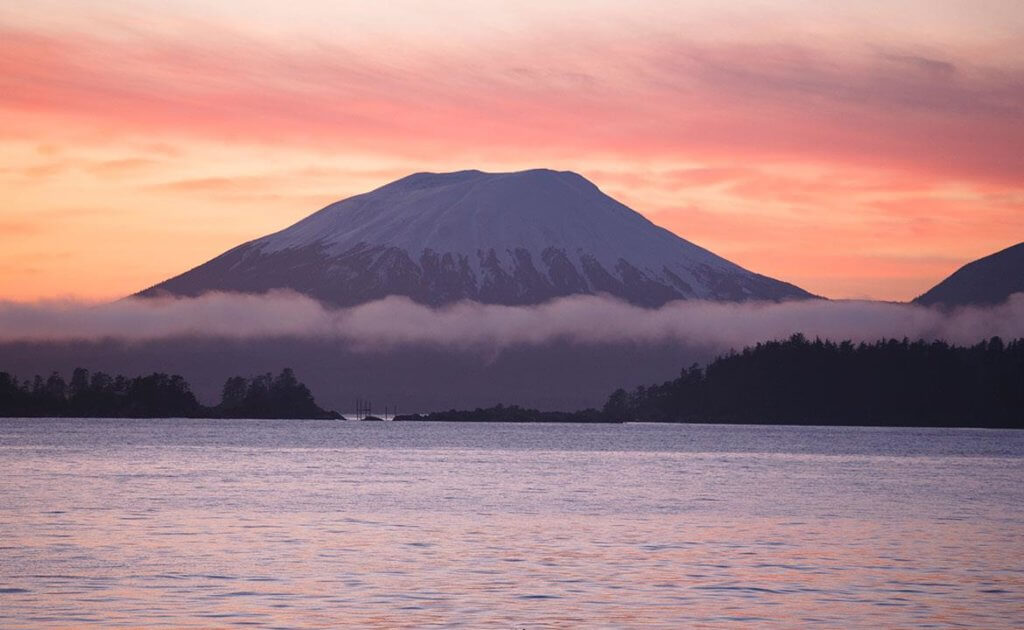Sitka, Alaska
Our Ancestral Home
The history of the United States is but a heartbeat in the history of Sitka. The Kiksadi Clan of the Tlingit Indians had lived in and around Sitka centuries before the Russians or Americans ever set foot on the island’s rocky shores. Choosing the seaward side of the island they named Shee, the Tlingits called their settlement Shee Atika, meaning “people on the Forest Trees outside of Shee”. The name Sitka is merely a contraction.
The Tlingits thrived undisturbed on their island paradise until 1799, when the Russians arrived. It wasn’t long before Alexander Baranof, Manager of the Russian-American Company, established a fort a few miles North of the present day Sitka. The Tlingits grew immediately hostile, understanding that submission to the Russians meant allegiance to the Tzar and slave labor to the fur trade company. Their suspicions turned to violence, when the Tlingits finally attacked the Russian outpost in 1802, killing nearly all of the Russians and their Aleut slaves.

Two years later Baranof retaliated. For six days, the island Natives fought gallantly, but were out-gunned and exited silently into the night. The Russians renamed the Castle Hill settlement New Archangel. Russian Orthodox Church clergy soon took up residency and fortress-like structures systematically replaced clan houses atop a shoreside hill, a site later known as Castle Hill.
The fur-trade flourished and the Russian-American Company became the most profitable fur trader in the world. By mid-century, however, over hunting had diminished number of sea otters, and thus the Russians’ interest in the new world. In 1867, the Russians sold Alaska to the United States for $7.2 million with a transfer ceremony that took place in Sitka on October 18 of that year.

